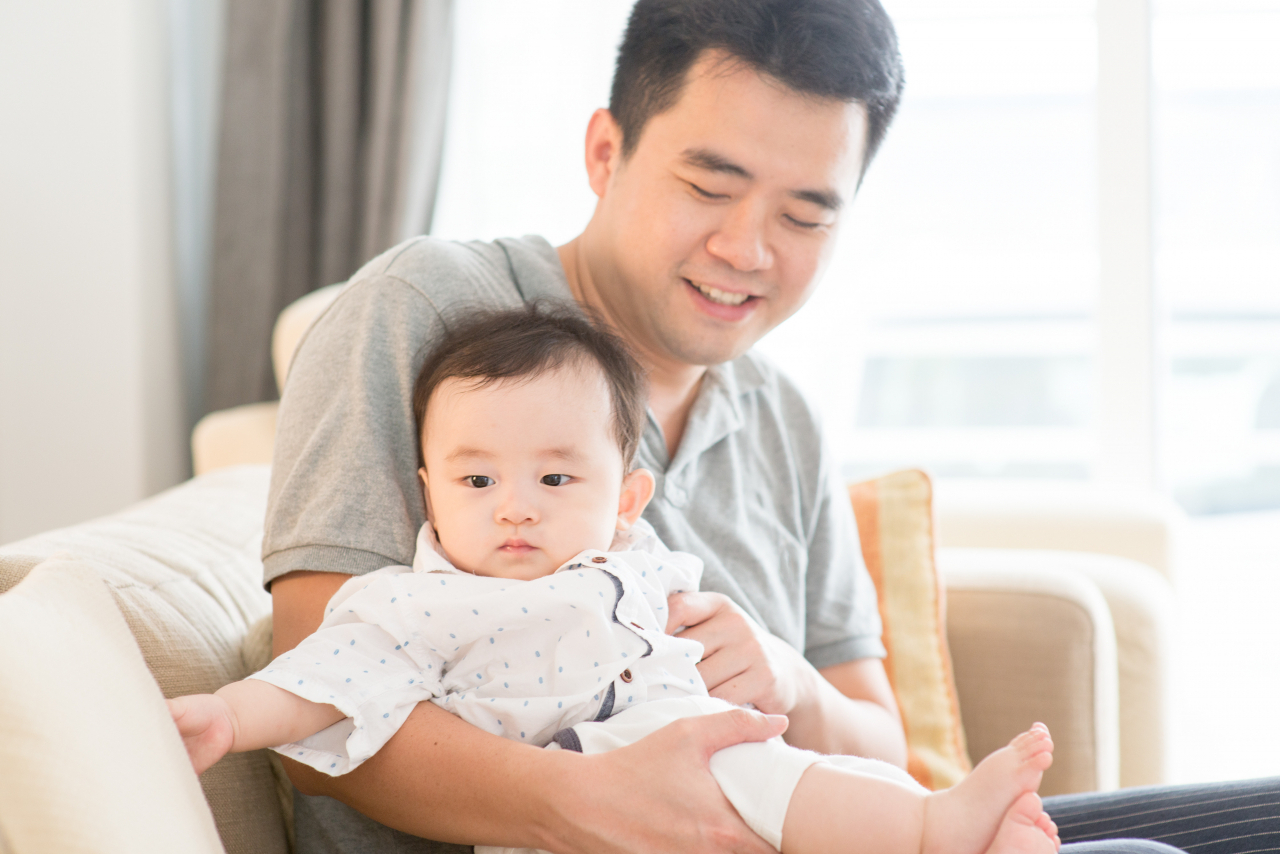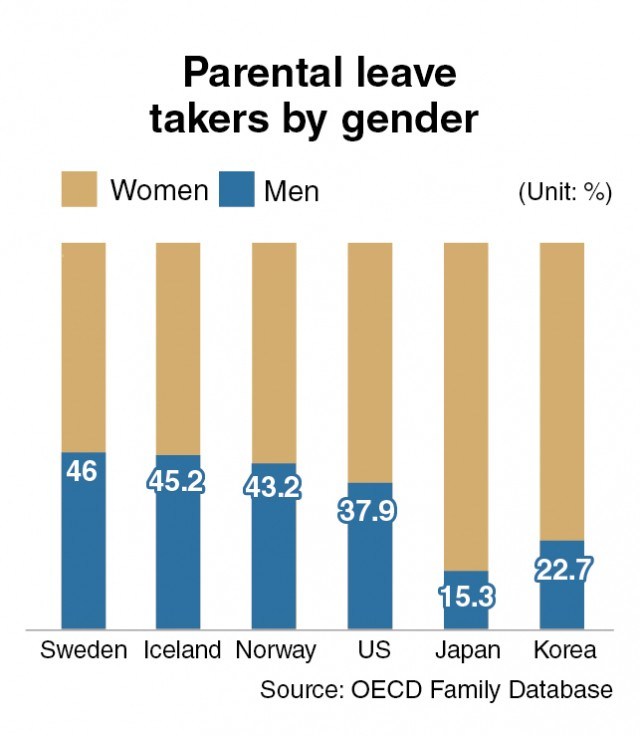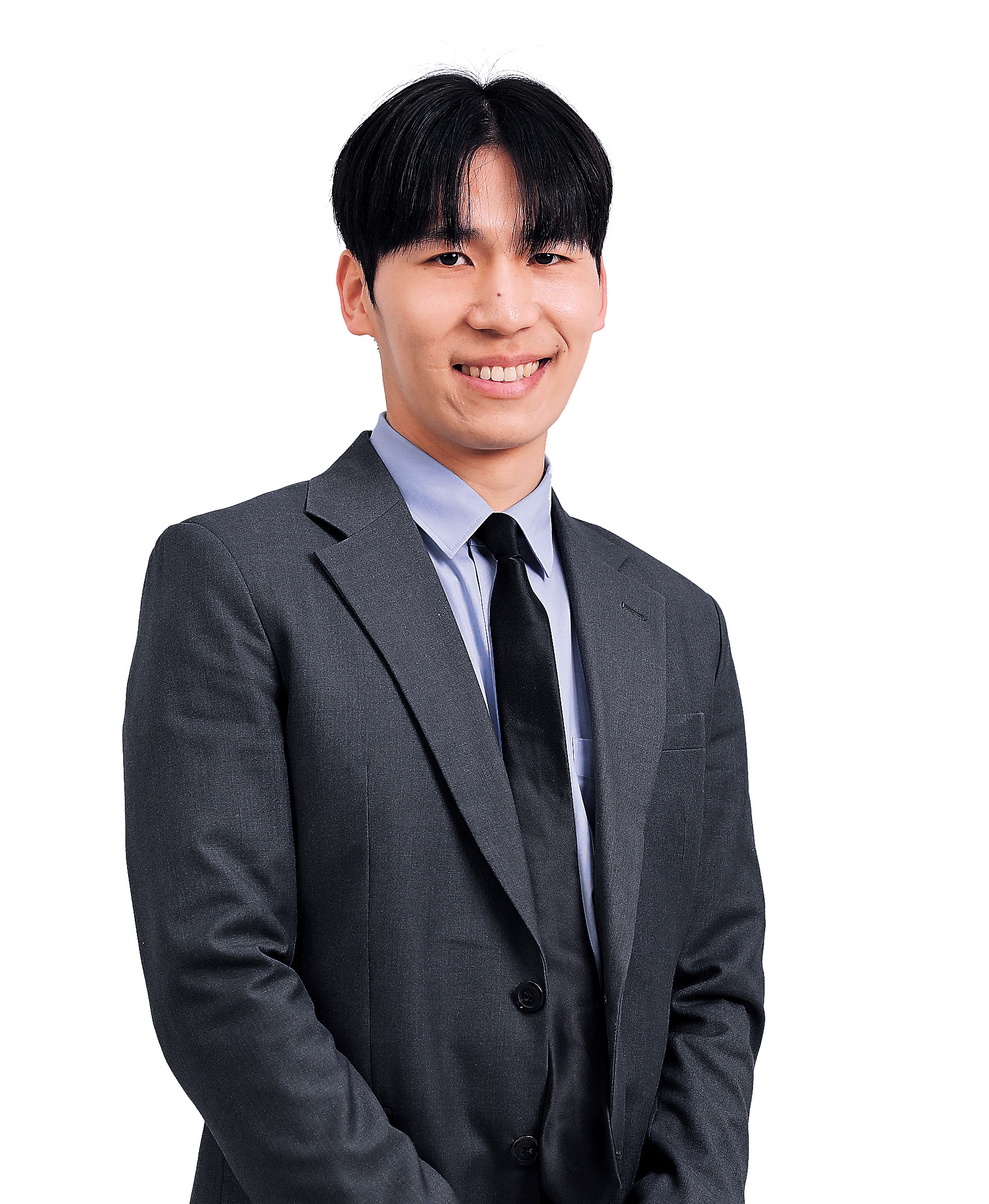Korean fathers miss out on OECD's longest paternity leave
By No Kyung-minPublished : June 6, 2023 - 15:43

Only approximately one in five fathers in Korea are using paternity leave, despite being entitled to the longest period of child care leave among the Organization for Economic Cooperation and Development's member countries, data showed Tuesday.
According to the OECD Family Database, of Korea's total parental leave takers in 2021, 22.7 percent were fathers.
This figure differs from countries that implement what is called a "father’s quota" system, such as Sweden, Iceland and Norway. In these countries, non-transferable leave periods are reserved specifically for fathers, resulting in men accounting for more than 40 percent of leave takers.
France, Luxembourg, Portugal, Belgium, Finland and Sweden have mixed systems in place that grant fathers both paternity leave and father-specific parental leave.
In Luxembourg, the majority of parental leave takers (53.3 percent) were men.
In the United States, fathers constituted 37.9 percent of those who took parental leave.
Only 15.3 percent of parental leave takers in Japan were men.
As of 2021, Korean and Japanese fathers are technically entitled to the longest period of leave -- 52 weeks -- while the paternity leave periods reserved for fathers in France and Iceland are 26 weeks and 20 weeks, respectively.

For every 100 births, men used paternity leave on 350 occasions in Sweden, while just 14 men took advantage of the leave system in Korea. The Swedish system is among those that allow leave to be taken in portions, rather than one long period.
In eight OECD member countries -- including Ireland, Japan, Australia and France -- fewer than 10 men took paternity leave per 100 births.
The percentage of women participating in Korea's labor force stands at about 60 percent -- below the OECD average of 64 percent. The country also has the highest gender wage gap among OECD member countries as of 2021 -- 31.1 percent.
Data from Korea’s Labor Ministry, however, shows rapid growth in recent years in fathers taking parental leave in Korea, with the latest tally being 37,885 in 2022 -- nearly 29 percent of the total number of people who took parental leave in the country. The figure rose 30.5 percent from a year earlier.
This growth is primarily driven by employees in the public sector, where government agencies and public organizations have implemented policies that encourage and support fathers to take parental leave, according to the ministry.



















![[Today’s K-pop] Treasure to publish magazine for debut anniversary](http://res.heraldm.com/phpwas/restmb_idxmake.php?idx=642&simg=/content/image/2024/07/26/20240726050551_0.jpg&u=)